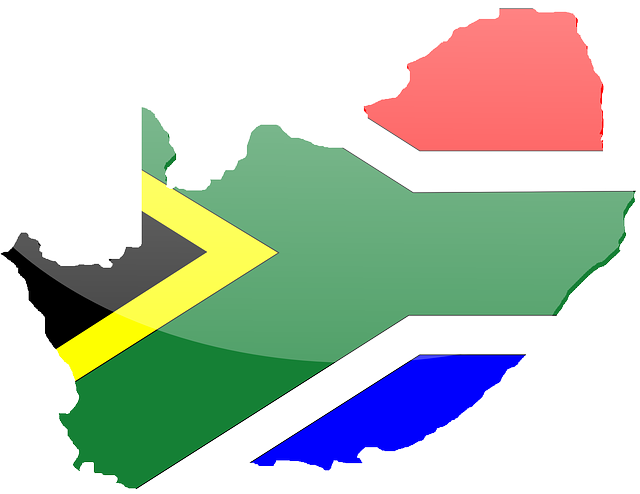JOHANNESBURG 19 NOVEMBER 2015 – In 2016, instability in emerging markets is set to end six consecutive years of decline in global insolvencies, according to Euler Hermes, the worldwide leader in trade credit insurance. The Euler Hermes Economic Outlook 2015-16: The insolvency U-turn predicts that worldwide insolvencies will stabilise at 300,000 cases as 2015 marks the end of the post-crisis adjustment trend.
This trend, which saw a healthy decline in insolvencies of -14% in 2014, continues into 2015 but loses momentum in line with the global economic slowdown. As a result, Euler Hermes estimates that its Global Insolvency Index will decrease by only -4% this year. Despite six consecutive years of decline, the positive trend was not robust enough to offset the sharp hike in bankruptcies recorded between 2007 and 2009, so the Global Insolvency Index remains higher by 3% than its pre-crisis average.
“After a five year love story with the fastest-growing part of the world, time has come for a reality check,” says Ludovic Subran, Chief Economist at Euler Hermes. “Large current account deficits, a vulnerable private sector and a highly politicised reform agenda created a perfect storm for emerging markets. Capital outflows, volatility and credit risks are on the rise.”
The divergence between advanced economies and emerging markets should continue to grow in 2016, creating a -1% decline in insolvencies in advanced economies compared to a +4% increase in emerging markets. Currently, a strong decrease in bankruptcies in the U.S. and Western Europe is offsetting turmoil in Asia and Latin American, but the outlook is increasingly cloudy for emerging markets.
“Brazil, China, Nigeria, Russia, South Africa and Turkey – to name a few – have all been negatively affected by cheaper commodity prices, a looming Fed rate hike which is pressuring currencies and financing, and the overall slow growth mode. World GDP has been growing below 3% for the past five years. High corporate Debt levels, Disinflation and Disruption form a vicious circle in 3D,” added Subran.
Companies in the Asia Pacific region are the most affected by these ‘3Ds’, resulting in a +11% rise in insolvencies in 2015 – the first increase since 2008. China will struggle in particular, with anticipated increases in insolvencies of +25% in 2015 and +20% in 2016. Construction, metals and mining, low-end manufacturing and export-related industries are the sectors likely to take the biggest hit.
The U.S. and Western Europe are both expected to register a steady -10% decline in bankruptcies this year. Some countries, such as Germany, the UK and the United States already enjoy historically low levels. However, other countries, like France or Italy, are struggling to significantly lower their level of insolvencies, while some sectors such as construction remain particularly at risk.
More importantly, the overall improvement in the advanced economies is expected to lose momentum next year. Corporates will have to deal with low global economic growth, still-high debt levels, deflationary pressures, disruptions and business demography dynamics.
Subran continued: “Now that the shock of the crisis has been absorbed, firms need a solid macroeconomic and financial environment in order to turn from stabilisation to growth, from protection to promotion. The next 18 months will be quite a litmus test. Diverging trends among countries, sectors, companies of different sizes and changes in legal frameworks will be the key underlying factors to identify the main pockets of risk.”
South Africa: business insolvencies will increase by10% in 2016
Euler Hermes expects insolvencies in South Africa will increase by +10% y/y in 2016, the first outright deterioration since 2009 and the global financial crisis. In fact, insolvencies have reached a kind of “plateau” since 2014, at the lowest level for more than 20 years. However, South Africa’s GDP contracted by -1.3% q/q annualised in Q2 2015. The business environment is clouded by ongoing structural rigidities, including uneasy labor relations and periodic disruptions to power supplies, and is compounded by at least 4 other factors: (i) weak international commodity prices, with commodities accounting for 14% of total GDP; (ii) slowdown in China, which represents 25% of total exports; (iii) drought conditions, which weaken agricultural output, with the possibility of the country having to import maize and other foodstuffs; and (iv) uncertainties relating to U.S. monetary policy tightening.
“In these conditions – declared Greg Nosworthy, Euler Hermes South Africa Country Manager -, a significant lengthening in Days Sales Outstanding (DSO) is already apparent and 2 key sectors, encompassing 1 out of 3 insolvencies, are already registering a rebound in insolvencies: construction (+26% y/y for the last 12 months as of September 2015) and trade (+8%). Clearly, a deteriorating trend. However, in relation to resolution of insolvencies, South Africa ranks 41 out of 189 countries assessed in the World Bank Doing Business 2016 survey and the recovery rate is almost double the regional average and the time taken and cost involved in insolvency resolution are both markedly lower”.








